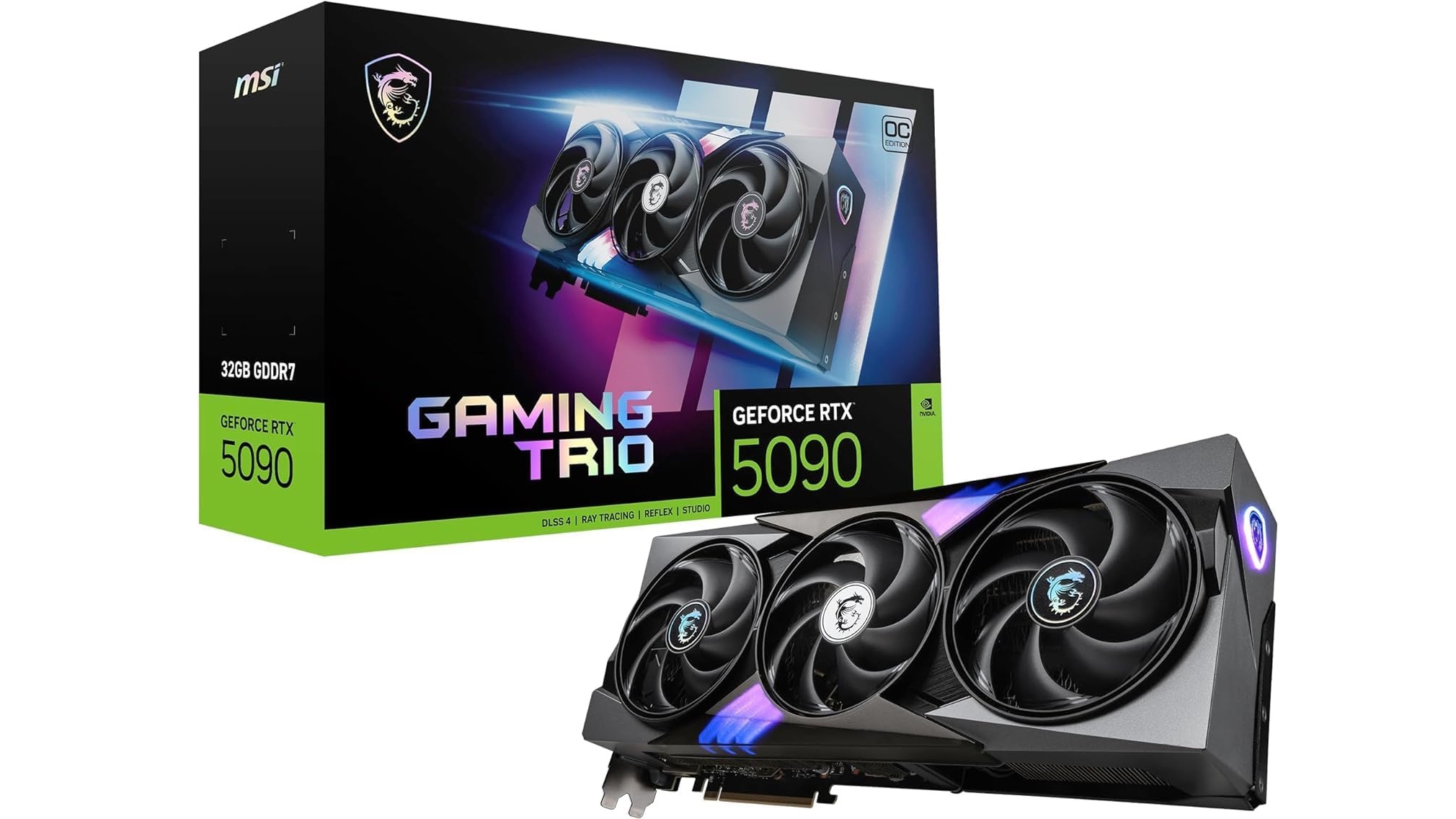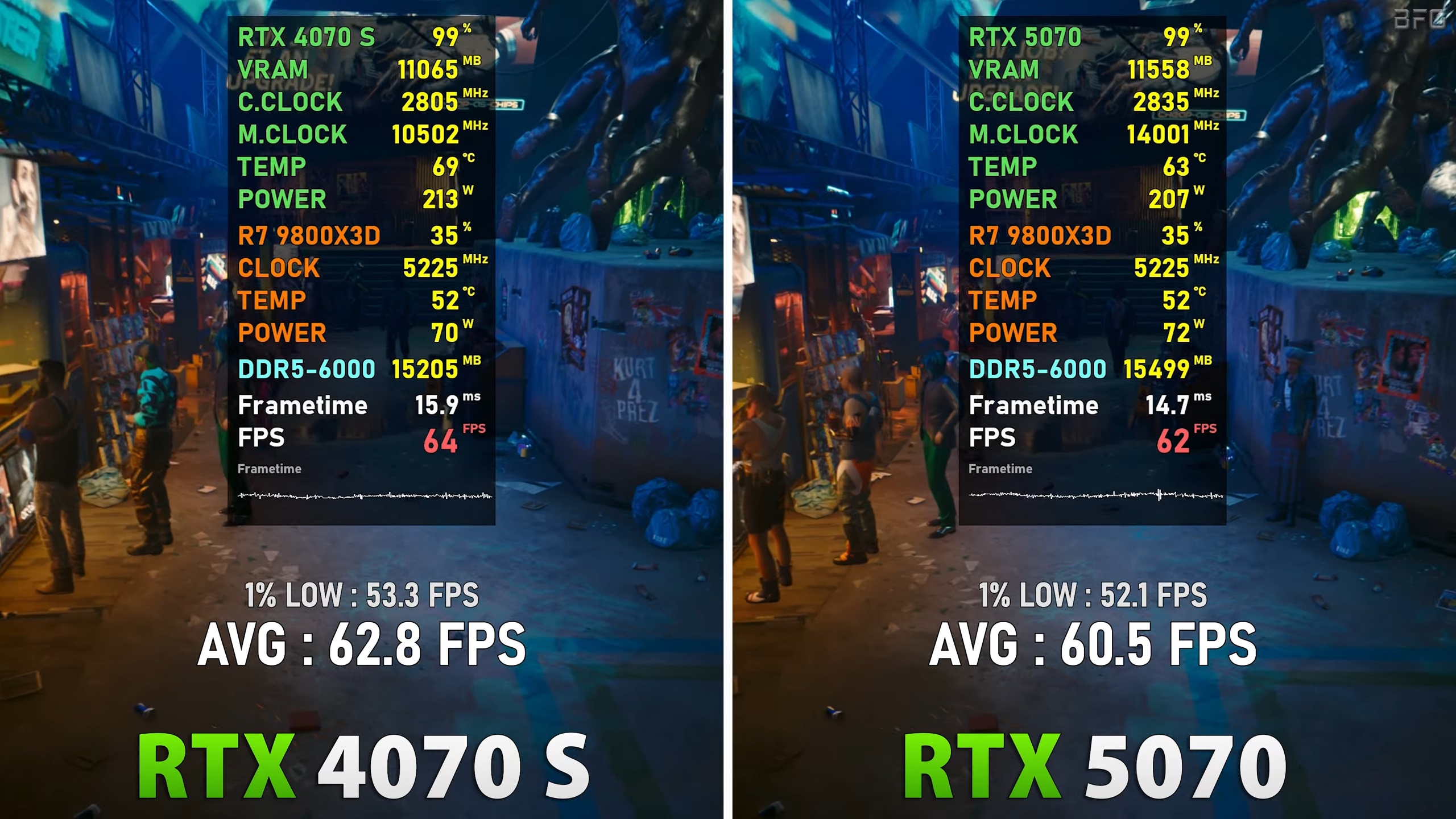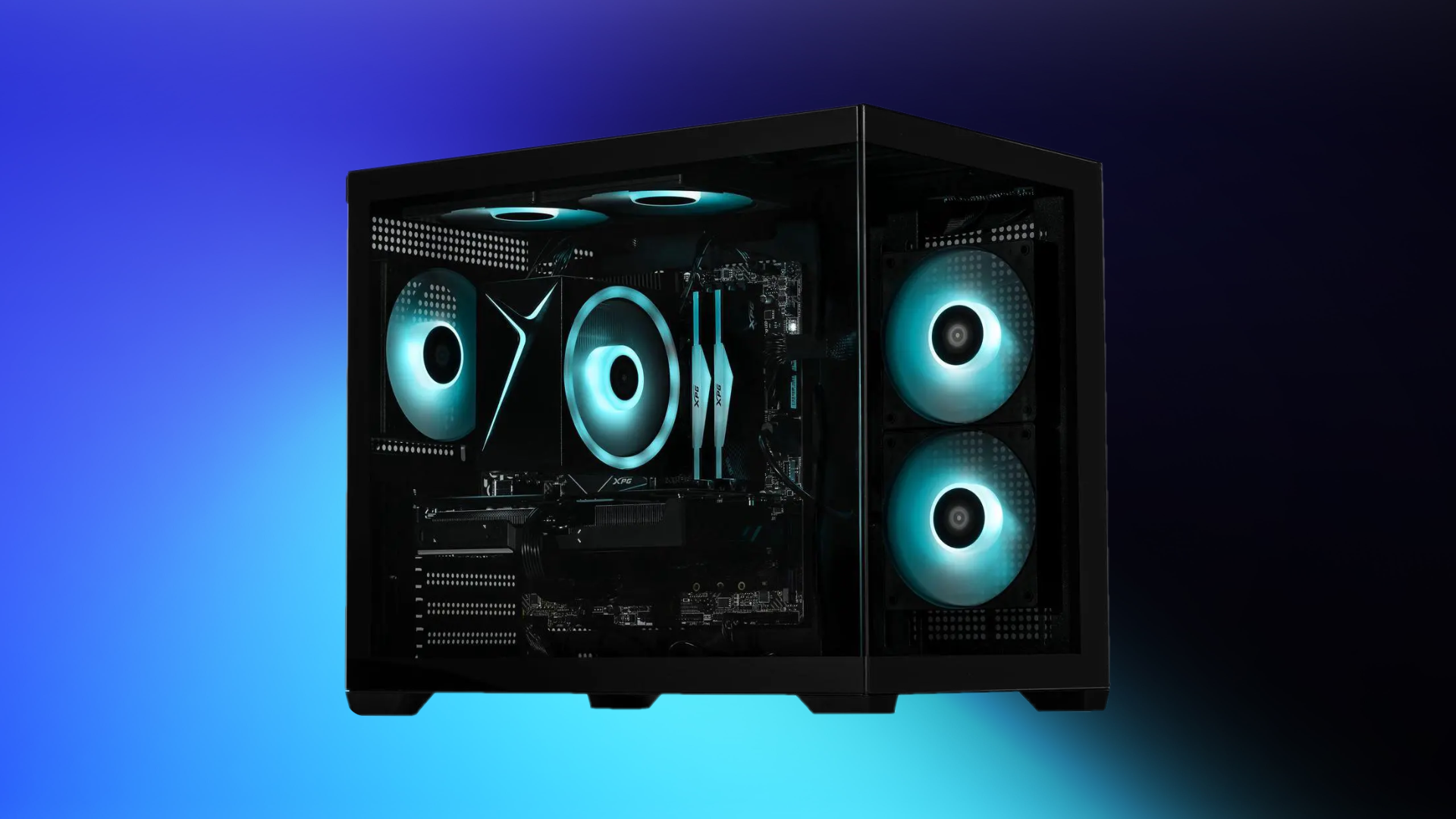The RTX 50 Series launched with impressive benchmarks from Nvidia, but it was not so impressive in real-world tests. So, should you upgrade?

Nvidia made some bold claims when it launched the RTX 50 series GPUs at the CES 2025 event. It claimed that the RTX 5070 would deliver RTX 4090 performance, which turned out to be a marketing gimmick. Nvidia basically used Multi-Frame Generation, which produced AI-rendered frames to boost the FPS. In an actual hardware-based comparison, the RTX 5070 fell completely flat on Nvidia’s claim.
Not only did the RTX 5070 fail to beat the RTX 4090, but it even failed to topple the RTX 4070 Super card on some occasions. Similar claims about RTX 5080 doubling the performance of the RTX 4080 were made, and they too turned out to be false. This raises the question: How good are the RTX 50 series cards? And should you upgrade to it from your old GPU? The short answer is no, but there’s more to it. In this article, we have answered all your questions, so read till the end to find out.
Note: This article is subjective and reflects the writer’s opinions.
What Improvements Do the Nvidia RTX 50 Series GPUs Deliver?

The RTX 5090 is the only RTX 50 series card that brought some serious improvements over the RTX 4090. That’s because it was the only GPU with substantially higher CUDA cores, RT cores, and more. Every other RTX 50 series graphics card was either designed with a similar core configuration or lower. That’s why they failed to deliver a good enough performance jump over the RTX 40 series.
Let’s check the specs of the top three RTX 50 series graphics cards compared to their RTX 40 series counterparts. It will show you exactly what we mean:
Specs Comparison
| Specifications | Nvidia RTX 5090 | Nvidia RTX 4090 | Nvidia RTX 5080 | Nvidia RTX 4080 | Nvidia RTX 5070 Ti | Nvidia RTX 4070 Ti Super | Nvidia RTX 4070 Ti |
| Architecture | Blackwell | Ada Lovelace | Blackwell | Ada Lovelace | Blackwell | Ada Lovelace | Ada Lovelace |
| CUDA Cores | 170 | 128 | 84 | 76 | 70 | 66 | 60 |
| Shader cores | 21760 | 16384 | 10752 | 9728 | 8960 | 8448 | 7680 |
| RT cores | 170 | 128 | 84 | 76 | 70 | 66 | 60 |
| TMUs | 680 | 512 | 336 | 304 | 280 | 264 | 240 |
| ROPs | 176 | 176 | 112 | 112 | 96 | 96 | 80 |
| Base core clock speeds | 2017 MHz | 2235 MHz | 2295 MHz | 2205 MHz | 2295 MHz | 2340 MHz | 2310 MHz |
| Boost core clock speeds | 2407 MHz | 2520 MHz | 2617 MHz | 2505 MHz | 2452 MHz | 2610 MHz | 2610 MHz |
| Memory capacity | 32 GB GDDR7 | 24 GB GDDR6X | 16 GB GDDR7 | 16 GB GDDR6X | 16 GB GDDR7 | 16 GB GDDR6X | 12 GB GDDR6X |
| Memory bus width | 512-bit | 384-bit | 256-bit | 256-bit | 256-bit | 256-bit | 192-bit |
| Memory bandwidth | 1.79 TB/s | 1.01 TB/s | 960.0 GB/s | 716.8 GB/s | 896.0 GB/s | 672.3 GB/s | 504.2 GB/s |
| Manufacturing node | 5nm | 5nm | 5nm | 5nm | 5nm | 5nm | 5nm |
| Thermal design power (TDPs) | 575W | 450W | 360W | 320W | 300W | 285 W | 285 W |
The RTX 50 Series Improvements
The above table lays out a clear picture. Only the RTX 5090 was designed with significantly higher CUDA cores, RT cores, and memory. In fact, the former has 32% higher CUDA cores and 77% higher memory bandwidth. This explains why the RTX 5090 delivered such a significant performance improvement over its predecessor.
The rest of the lineup received mediocre changes. Let’s take the RTX 5080, for example. It had only 10% more CUDA cores compared to the RTX 4080, and it delivers about 10-15% higher performance. Similarly, the RTX 5070 Ti has 6% and around 16% more cores than the RTX 4070 Ti Super and the RTX 4070 Ti, respectively. The performance improvement is just as lackluster as the RTX 4080.
The same is also true for the RTX 5070 compared to the RTX 4070 and 4070 Super. On some rare occasions, the RTX 5070 actually lost to the RTX 4070 Super, especially when heavy ray tracing or path tracing was involved.
Should You Upgrade Your GPU to an Nvidia RTX 50 Series Card?

Whether you should upgrade to the RTX 50 series GPUs depends on a few factors. If you are upgrading from an older GPU generation, such as the Nvidia GTX 9 or 10 series, then yes, you can upgrade to any RTX 50 series graphics card. If you are upgrading from an AMD Radeon 480, 580, or even the 5000 series, you can upgrade to the latest NVIDIA RTX 50 series cards.
However, if you are thinking about upgrading from RTX 40, 30, or even the 20 series GPUs, you shouldn’t. The RTX 30 series didn’t bring a substantial improvement over the RTX 20 series. This is also true for the RTX 40 series, which didn’t deliver a significant improvement, except for the RTX 4090. Only the RTX 4090 and 5090 actually innovated, while the rest of the lineup failed to bring a generational uplift. If you didn’t find the RTX 40 series attractive, then the RTX 50 series is in a similar situation.
We would rather recommend holding onto your dear GPUs for at least this generation and waiting for the RTX 60 series or whatever Nvidia names the next-gen cards. We are not saying the RTX 60 series will be better, but it wouldn’t be worse than the RTX 50 series. If you can’t wait for the next-gen GPUs, then at least wait for the RTX 50 Super series of graphics cards. They are expected to launch later this year or early next year.
We provide the latest news and “How To’s” for Tech content. Meanwhile, you can check out the following articles related to PC GPUs, CPU and GPU comparisons, mobile phones, and more:
- 5 Best Air Coolers for CPUs in 2025
- ASUS TUF Gaming F16 Release Date, Specifications, Price, and More
- iPhone 16e vs iPhone SE (3rd Gen): Which One To Buy in 2025?
- Powerbeats Pro 2 vs AirPods Pro 2: Which One To Get in 2025
- RTX 5070 Ti vs. RTX 4070 Super: Specs, Price and More Compared
- Windows 11: How To Disable Lock Screen Widgets
 Reddit
Reddit
 Email
Email


